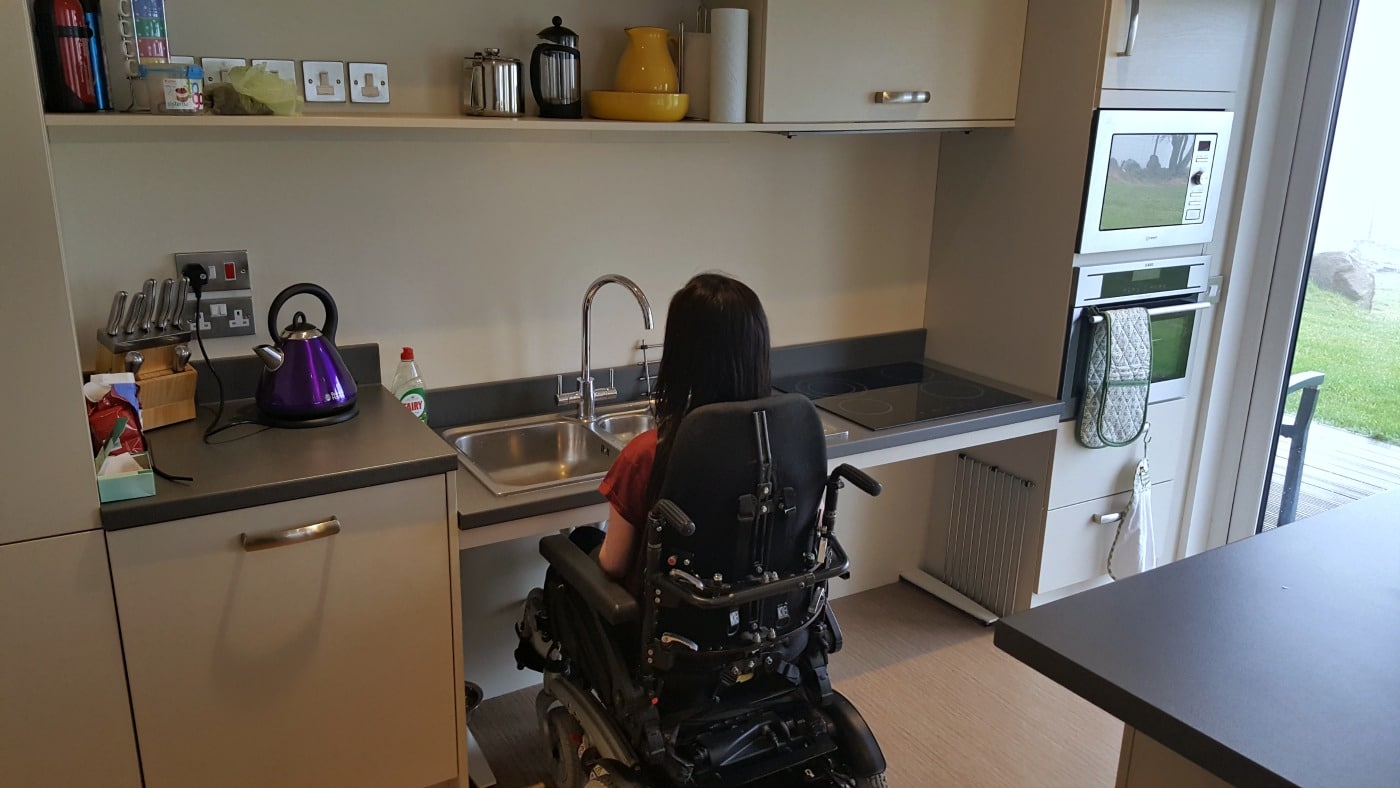Creating an inclusive kitchen environment for individuals with physical disabilities or vision impairment involves essential modifications that prioritize accessibility and functionality:
- Adapting the kitchen set-up to accommodate mobility aids is crucial, optimizing layout for maneuverability, ensuring wheelchair space, and accessible item placement.
- Adjusting benchtop height is vital, enabling comfortable meal preparation while seated or standing, promoting independence, and reducing strain.
- Integrating assistive fixtures to kitchen appliances, such as tactile markings, large-print labels, or voice-guided controls, empowers those with vision impairment for a seamless cooking experience.
These modifications extend beyond physical adaptations, significantly improving overall daily life quality. Addressing unique challenges faced by individuals with physical disabilities or vision impairment, these adjustments enhance practical tasks and empower meaningful culinary activities. A well-designed kitchen layout, appropriate benchtop height, and innovative assistive fixtures create a space where cooking is manageable and enjoyable, regardless of abilities or vision. Ultimately, these changes foster inclusivity, independence, and well-being at the heart of the home.

